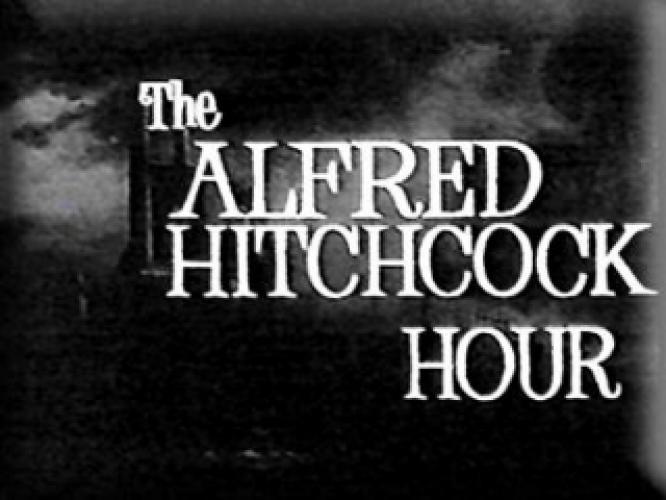
I had to slow the image down to 1/8 speed to be sure it was an editorial cut and not a zoom. Hitchcock here inserts an extremely fast, almost subliminal close up of the the pot passing Gromek’s head. After Gromek dials the phone, a pot of soup is hurled at his head, landing just above the phone. As Gromek moves to the phone to call in and report there is more back and forth cutting here, with the shots averaging 3 seconds or so. Gromek closes the door, and Armstrong moves back to the center of the room. This is shown in a couple of very fast (< 1 second) insert shots, almost like blows.

As Gromek is interrogating Armstrong, trying to provoke him, he reaches out his hand and pokes at Armstrong’s midriff. Hitchcock does something very interesting with the cutting here. Gromek shows him the pi symbol drawn in the dirt. There is some more back and forth cutting, then Gromek calls Armstrong to the door. Then Armstrong and the woman (Carolyn Conwell) move to the center of the room, with the supporting beam between them.

There is some standard back and forth cutting here, as Gromek begins to question Armstrong. Gromek (Wolfgang Kieling) enters the small house, looking very happy that he has caught Professor Armstrong (Paul Newman), who is looking for another way out. This sequence is similar in that regard to the shower scene in Psychoand the attic attack in The Birds, although this sequence runs much longer. I have seen this sequence many times, and thought I knew it very well, but it was only upon studying it frame by frame that I realized how much Hitchcock relies on quick cutting and montage here. This sequence runs around 8 minutes and 8 seconds in length, and is made up of 138 pieces of film, which averages out to an editorial cut every 3.5 seconds. And I though it was time to show that it was very difficult, very painful, and it takes a very long time to kill a man. They are stabbed or shot, and the killer never even stops to look and see whether the victim is really dead or not. In every picture somebody gets killed and it goes very quickly. In doing that long killing scene, my first thought again was to avoid the cliche. It is a film of moments, a few of them quite good, and perhaps the greatest moment is the Gromek murder sequence. Torn Curtain may be one of Alfred Hitchcock’s most problematic and frustrating films. TORN CURTAIN (1966): "East Berlin.but that's behind the Iron Curtain!".THE PARADINE CASE (1947): "This was, indeed, no ordinary woman.".SHADOW OF A DOUBT (1943) : "We're no ordinary uncle and niece.".TORN CURTAIN: Deconstruction of a scene (the killing of Gromek).PSYCHO Deconstruction of a Scene: Arbogast questions Norman Bates.THE BIRDS: Deconstruction of a scene - The death of a farmer.REAR WINDOW: Deconstruction of a scene - The death of a dog.NORTH BY NORTHWEST: Deconstruction of a Scene (The crop duster sequence).SABOTEUR Deconstruction of a scene: The Statue of Liberty finale.HITCHCOCK AND SELZNICK by Leonard J. Leff.SHADOW OF A DOUBT Deconstruction of a Scene: Signature Scenes.ROPE Deconstruction of a Scene: A trunk, a talk and a hat.

VERTIGO Deconstruction of a Scene: Argosy Book Shop.Hitchcock on Hitchcock Volume 2 – Edited by Sidney Gottlieb.



 0 kommentar(er)
0 kommentar(er)
